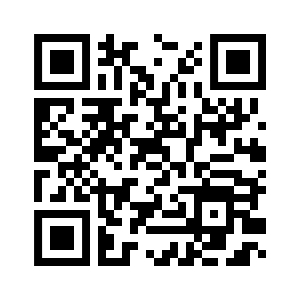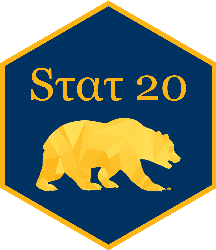
Hypothesis Tests II
Concept Questions
Which pair of plots would have the greatest chi-squared distance between them? (consider one of them the “observed” and the other the “expected”)

01:00
Chi-squareds Compared
\[ \frac{(1-1)^2}{1} + \frac{(10 - 1)^2}{1} + \frac{(1 - 10)^2}{10} \\ 0 + 81 + \frac{81}{10} = 89.1 \]

\[ \frac{(3-5)^2}{5} + \frac{(4-4)^2}{4} + \frac{(5-3)^2}{3} \\ \frac{4}{5} + 0 + \frac{4}{3} = 2.13 \]
An In-class Experiment
In order to demonstrate how to conduct a hypothesis test through simulation, we will be collecting data from this class using a poll.
You will have only 15 seconds to answer the following multiple choice question, so please get ready at pollev.com…
The two shapes above have simple first names:
- Bouba
- Kiki
Which of the two names belongs to the shape on the left?
00:15
Steps of a Hypothesis Test
- Assert a model for how the data was generated (the null hypothesis)
- Select a test statistic that bears on that null hypothesis (a mean, a proportion, a difference in means, a difference in proportions, etc).
- Approximate the sampling distribution of that statistic under the null hypothesis (aka the null distribution)
- Assess the degree of consistency between that distribution and the test statistic that was actually observed (either visually or by calculating a p-value)
1. The Null Hypothesis
- Let \(p_k\) be the probability that a person selects Kiki for the shape on the left.
- Let \(\hat{p}_k\) be the sample proportion of people that selected Kiki for the shape on the left.
What is a statement of the null hypothesis that corresponds to the notion the link between names and shapes is arbitrary?
01:00
2. Select a test statistic
\[\hat{p}_k = \frac{\textrm{Number who chose "Kiki"}}{\textrm{Total number of people}}\]
Note: you could also simply \(n_k\), the number of people who chose “Kiki”.
3. Approximate the null distribution
Our technique: simulate data from a world in which the null is true, then calculate the test statistic on the simulated data.
Which simulation method(s) align with the null hypothesis and our data collection process?
01:00
Simulating the null using infer
4. Assess the consistency of the data and the null
4. Assess the consistency of the data and the null
The p-value
What is the proper interpretation of this p-value?
01:00
One-question checkin (THIS HELPS US IMPROVE THE COURSE)

The Bouba / Kiki Effect
